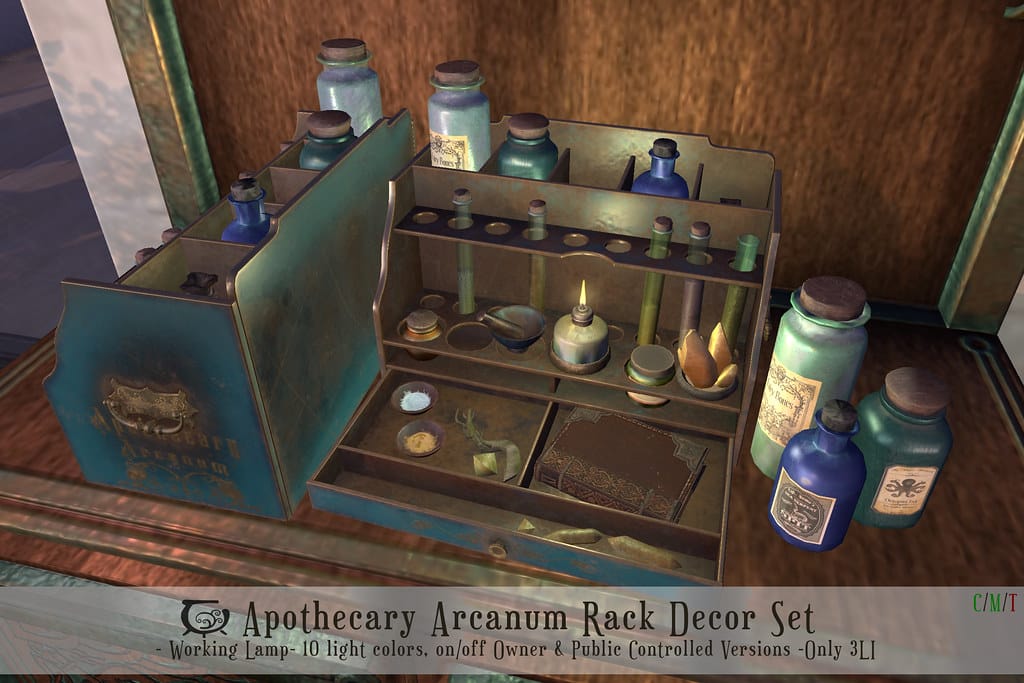Scientists Witness Metal "Heal" Itself in Groundbreaking Discovery That Could Transform Engineering
In a discovery that sounds more like science fiction than scientific fact, researchers have documented the first-ever observation of metal spontaneously healing its own cracks—a phenomenon that could revolutionize everything from aircraft design to infrastructure maintenance.
The breakthrough, published in Nature, emerged from what started as a routine experiment at Sandia National Laboratories. Scientists were subjecting a small piece of platinum to repeated stress when their electron microscope captured something extraordinary: a crack that had formed in the metal suddenly reversed course, fusing back together completely on its own.
The Moment That Stunned the Scientific Community
Dr. Brad Boyce, materials scientist at Sandia National Laboratories, was conducting fatigue tests on ultra-thin platinum samples when the unexpected occurred. "We were pulling on both ends of the metal 200 times per second, and after about 40 minutes, we saw a crack initiate and grow," Boyce explained. "Then, incredibly, the crack stopped growing and started to get shorter."
The team watched in real-time as the 150-nanometer crack—invisible to the naked eye but clearly visible under their specialized equipment—sealed itself completely within minutes. The metal appeared to "heal" the damage through a process the researchers termed "cold welding at the nanoscale."
Understanding the Self-Healing Mechanism
The phenomenon occurs when metal atoms at the crack surfaces rearrange themselves under stress, essentially welding the fracture shut without any external heat or intervention. This process, dubbed "damage healing" by the research team, appears to be triggered by specific stress conditions that cause grain boundaries within the metal to shift and reconnect.
"The atoms at the crack tip rearrange such that the crack begins to close rather than grow," said co-researcher Dr. Daniel Gage. The healing occurs most readily in metals with nanoscale grain structures, where individual crystal domains are extraordinarily small—measuring just billionths of a meter across.
Revolutionary Implications for Multiple Industries
Aerospace Engineering
The aviation industry spends billions annually inspecting aircraft for microscopic cracks that could lead to catastrophic failure. Self-healing metals could dramatically reduce maintenance costs while improving safety margins. Aircraft components that can repair minor damage autonomously would represent a paradigm shift in aerospace design philosophy.
Infrastructure and Construction
Bridges, buildings, and pipelines all suffer from metal fatigue over time. Materials that can self-repair could extend infrastructure lifespans significantly, potentially saving trillions in replacement and maintenance costs globally. The American Society of Civil Engineers estimates that the US alone needs $2.6 trillion in infrastructure improvements—self-healing materials could substantially reduce this burden.
Electronics and Manufacturing
As electronic devices become smaller and more complex, the ability of internal components to self-repair could lead to longer-lasting smartphones, computers, and industrial equipment. The semiconductor industry, valued at over $570 billion globally, could particularly benefit from self-healing materials in chip manufacturing and device longevity.
Current Limitations and Future Research
While groundbreaking, the discovery comes with significant caveats. The self-healing phenomenon has only been observed in laboratory conditions with specific metals under precise stress patterns. The process works primarily with nanoscale materials—metals just atoms thick—rather than the bulk materials used in most real-world applications.
Researchers emphasize that scaling this technology to practical applications will require years of additional study. "We're essentially learning how to design materials that can heal themselves," Boyce noted. "But translating this from nanoscale laboratory samples to full-scale engineering materials is the next major challenge."
The team is now investigating whether similar healing can occur in other metals including copper, aluminum, and steel alloys commonly used in construction and manufacturing.
The Future of Self-Repairing Materials
This discovery opens entirely new research avenues in materials science. Scientists worldwide are now racing to understand and replicate the conditions that trigger self-healing in various metals and alloys.
The potential extends beyond metals—researchers are exploring whether similar principles could apply to ceramics, polymers, and composite materials. The ultimate goal is developing a new generation of "smart materials" that can autonomously maintain their structural integrity.
The implications stretch far beyond reducing maintenance costs. Self-healing materials could enable construction in extreme environments where repairs are impossible—from deep ocean installations to space habitats—marking a transformative moment in materials science that brings us one step closer to truly resilient, self-maintaining technology.
